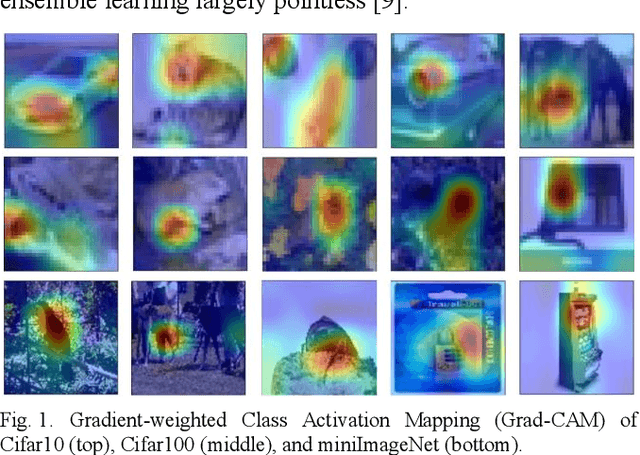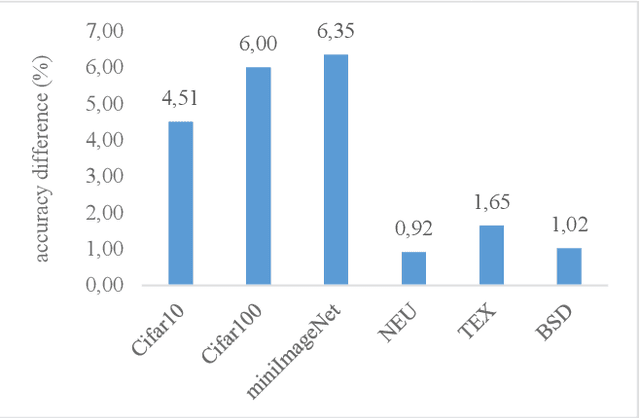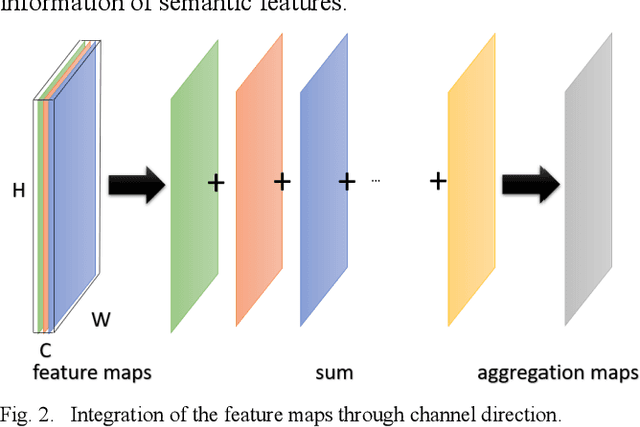Yiwen Lin
Catalyzing Equity in STEM Teams: Harnessing Generative AI for Inclusion and Diversity
Jan 08, 2024Abstract:Collaboration is key to STEM, where multidisciplinary team research can solve complex problems. However, inequality in STEM fields hinders their full potential, due to persistent psychological barriers in underrepresented students' experience. This paper documents teamwork in STEM and explores the transformative potential of computational modeling and generative AI in promoting STEM-team diversity and inclusion. Leveraging generative AI, this paper outlines two primary areas for advancing diversity, equity, and inclusion. First, formalizing collaboration assessment with inclusive analytics can capture fine-grained learner behavior. Second, adaptive, personalized AI systems can support diversity and inclusion in STEM teams. Four policy recommendations highlight AI's capacity: formalized collaborative skill assessment, inclusive analytics, funding for socio-cognitive research, human-AI teaming for inclusion training. Researchers, educators, policymakers can build an equitable STEM ecosystem. This roadmap advances AI-enhanced collaboration, offering a vision for the future of STEM where diverse voices are actively encouraged and heard within collaborative scientific endeavors.
Discriminative Feature Learning through Feature Distance Loss
May 25, 2022



Abstract:Convolutional neural networks have shown remarkable ability to learn discriminative semantic features in image recognition tasks. Though, for classification they often concentrate on specific regions in images. This work proposes a novel method that combines variant rich base models to concentrate on different important image regions for classification. A feature distance loss is implemented while training an ensemble of base models to force them to learn discriminative feature concepts. The experiments on benchmark convolutional neural networks (VGG16, ResNet, AlexNet), popular datasets (Cifar10, Cifar100, miniImageNet, NEU, BSD, TEX), and different training samples (3, 5, 10, 20, 50, 100 per class) show our methods effectiveness and generalization ability. Our method outperforms ensemble versions of the base models without feature distance loss, and the Class Activation Maps explicitly proves the ability to learn different discriminative feature concepts.
 Add to Chrome
Add to Chrome Add to Firefox
Add to Firefox Add to Edge
Add to Edge